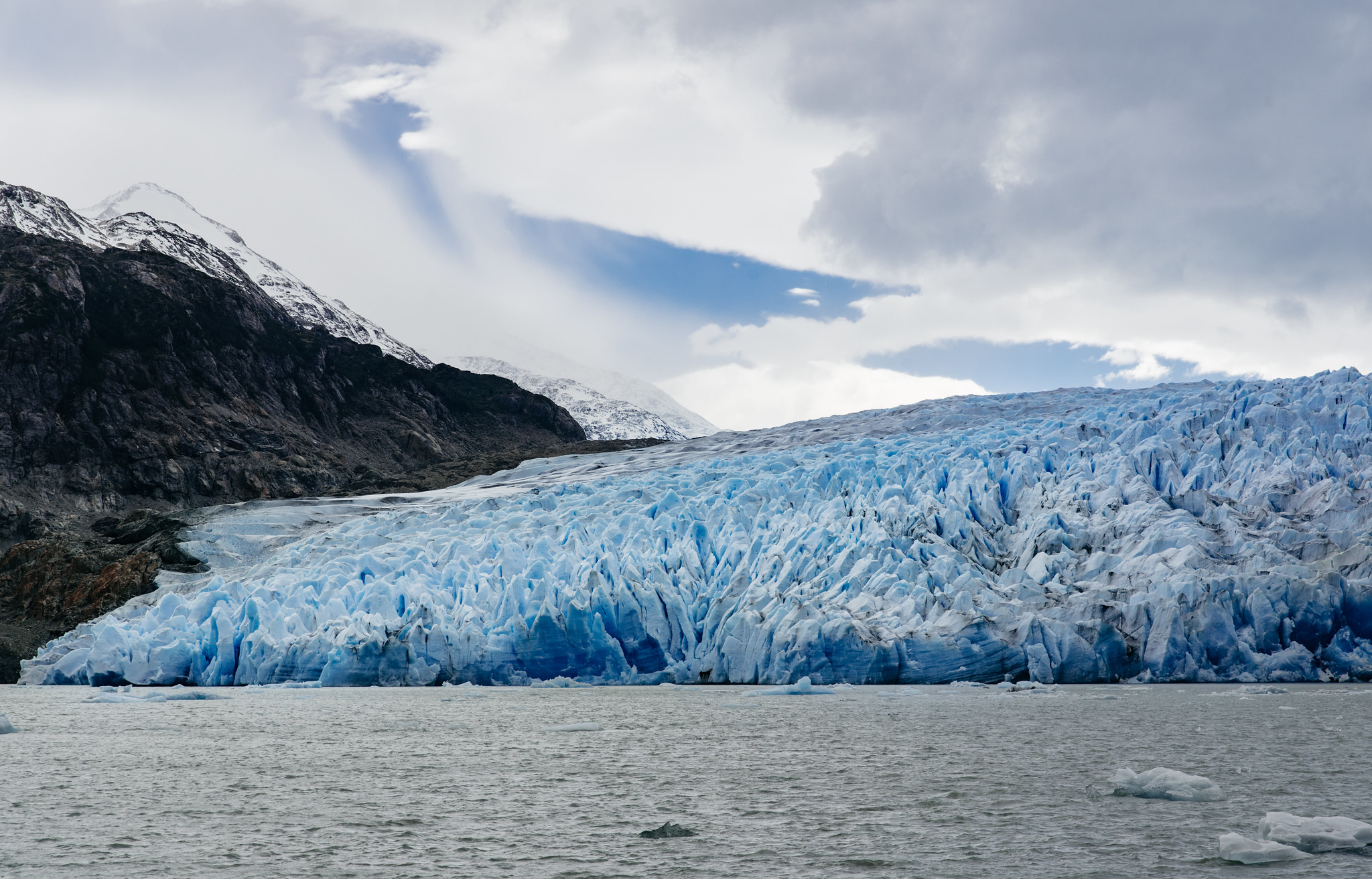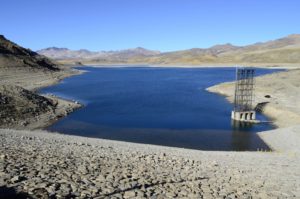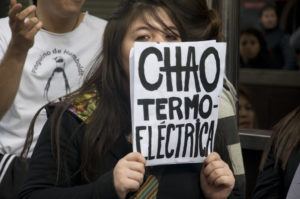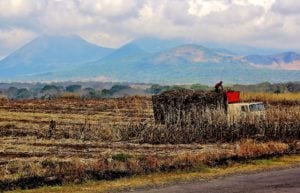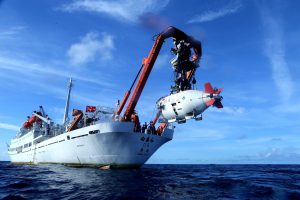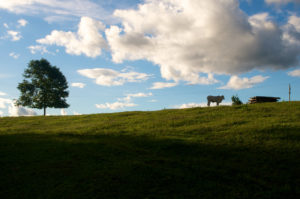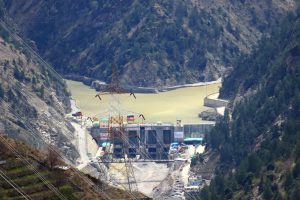Editor’s note: This article on climate change-induced threats to Chile’s glaciers is the fourth article in a series profiling Chile and its climate change challenges in advance of COP25 climate talks in Santiago in December.
Narrow, but over 4,000 kilometres long, Chile is home to 4% of the world’s and 80% of South America’s glaciers. Located in the Andes mountain range, they provide a vitally important water resource but are under threat from global warming.

The host country of the UN’s COP25 international climate talks, Chile is working on a new inventory of its glaciers. With only half of the assessment carried out, the outlook is already worrying.
Except for three, all of the glaciers inventoried in Chile are retreating. Many have fragmented, which further accelerates melting. Along with climate change, industrial activities like mining pose big threats.
In this context, Chilean congress is debating a law to protect glaciers. If approved, it would make the country only the second in the world, after Argentina, to have such regulations.
Calculation in process
A glacier is a zone of compacted ice that grows more each winter than it shrinks in summer and is constantly moving under its own weight. If this ceases to be the case, the remains are known as ‘dead ice’.”
Despite being home to so many glaciers, Chile’s knowledge of them is poor.
“We do not know exactly how many ice masses we have, nor what actual volume they are,” said Francisco Ferrando, a geographer at the University of Chile.
Except for three, all of the glaciers inventoried in Chile are retreating.
Halfway into the survey, 24,000 glaciers, with an average area of one hectare, have been inventoried.
Extreme fragmentation makes monitoring difficult since ice masses are often too small for satellites to detect.
“In Chile we have a relatively moderate temperature increase due to the strong influence of the Pacific Ocean. But in mountainous areas that is not the case and that’s where the glaciers are located,” said Gino Casassa, head of the Glaciology and Snow Unit at Chile’s National Water Directorate.
The unique geography of the country makes monitoring difficult. Glaciers are mostly found in the north and centre of the country, but also in the southern region of Patagonia.
According to Fabrice Lambert, a geography professor at the Pontifical Catholic University of Chile, rainfall in northern and central Chile will drop significantly as a result to climate change.
Furthermore, the height at which water falls instead of snow is rising.
In August, the Chilean Antarctic Institute published a study on snowfalls in the high mountains east of the capital Santiago. Since the late 1970s, these have fallen three centimetres each decade, resulting in a drop in the thaws that produce potable water of between 8.54 and 15.14 gigatonnes, enough to supply all of Chile for 14 years.
The impact of people
Human activities also place stress on glaciers. In Chile, 45 % of total exports come from mining.
“Mining activities generate different types of pollutants that can affect glaciers,” said Francisco Ferrando.
As mines are opened or uncovered, material is often deposited on rocky glaciers. “This generates an overload and destabilises the structure of the ice,” Ferrando said.
The mining industry causes the glaciers to lose approximately 35 million cubic metres of ice per year
While there is some consensus among parliamentarians and authorities on the need for the new law to protect glaciers, the bill is not without controversy. If approved, not only would future mining projects be halted, four mines currently in operation would have to close.
Los Bronces, Los Pelambres, Codelco División Andina and El Teniente in the centre of the country would cease operation. At stake are 35,000 direct and 100,000 indirect jobs. Chile’s overall mining output would dip by 30% if the law is passed, a study by the Chilean Copper Commission (Cochilco) concluded.
This is because the law also outlines protections for periglacial environment (areas adjacent to glaciers which are subject to repeated freezing and thawing) as well permafrost (perennially frozen soil). As such, the protected area would be much more extensive.
According to the Cochilco report, the mining industry causes the glaciers to lose approximately 35 million cubic metres of ice per year, as a result of activities including excavation and road building. And the mining sector uses 3% of all water used in Chile.
Debate
“This bill is a good start, but there are several things to improve,” Ferrando said, adding, “Chile is a mining country and that cannot be ignored.”
Gino Casassa is not convinced that a specific law is needed to protect glaciers.
“There is only one country that has it, but there are several nations that serve as good examples of protection without it, like Canada, Switzerland or Norway,” he said. Chile must strengthen existing environmental regulations and could pursue subterranean mining projects that impact glaciers less, Casassa added.
Currently, 86% of glaciers fall within “protected wild areas”, state-designated spaces where activities are limited to protect flora and fauna. This is not enough, according to Fernanda Miranda of the NGO Terram Foundation.
“The number of glaciers in protected areas is very low and, moreover, much remains to be inventoried,” she said.
While 88% of Chile’s glaciers are concentrated in the ice fields of Patagonia, the remainder are mostly in the north and centre of the country, where they are critical for water security.
Miranda said underground mining around glaciers is risky. “There hasn’t been experience anywhere in the world with it,” she said.
Carbon emitted by big cities like Santiago, which affect glaciers in its surrounding mountains has also been largely overlooked, according to Lambert, who conceded there is a lack of data on the extent of the damage caused.
Whether or not the bill is approved, the debate has put a vital water resource on the agenda in advance of climate talks.
“Glaciers are absent from the COP25 process,” Miranda said.
